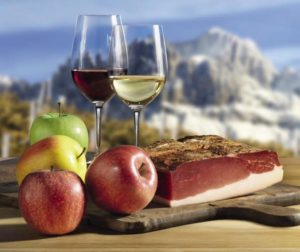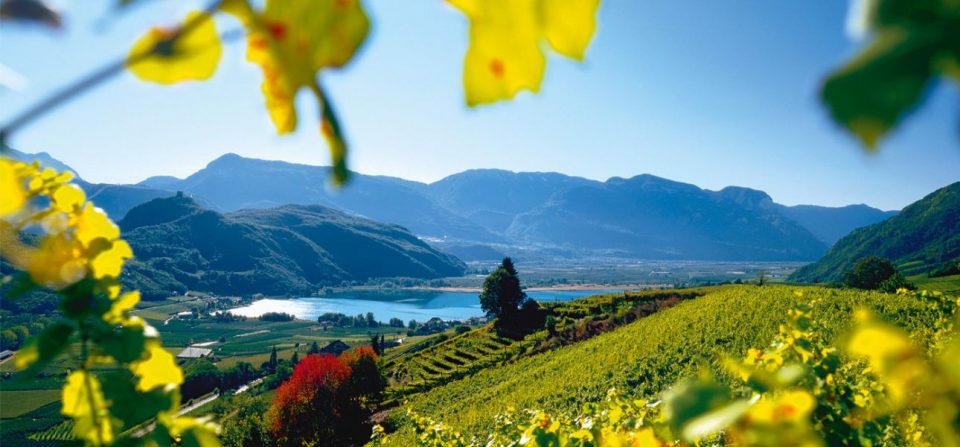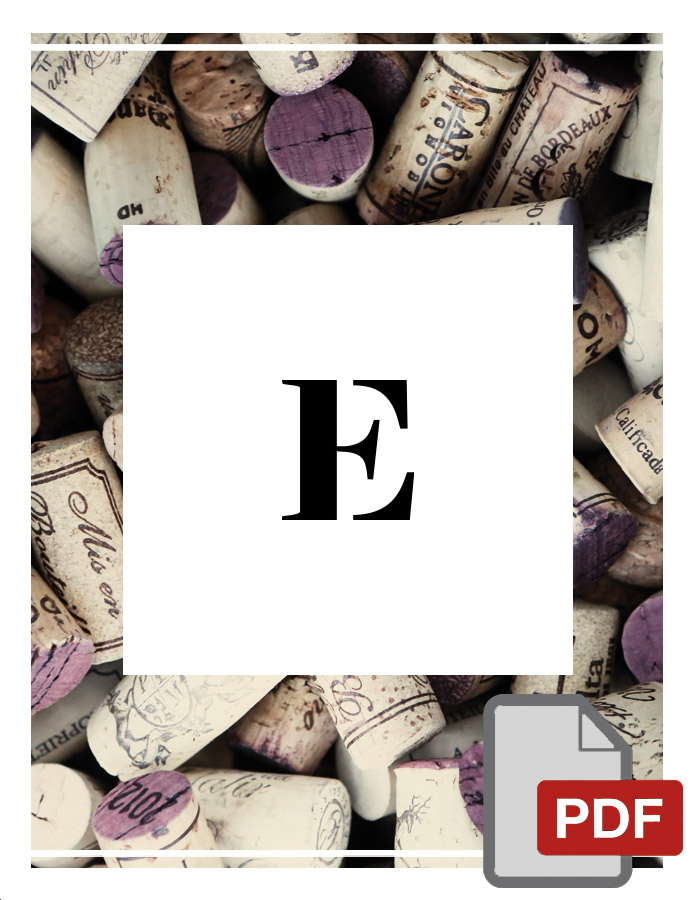Learning about wine
The wines of South Tyrol
 South Tyrol’s wine-growing reality is really reduced: only 15% of the territory is cultivable. In fact, in the region we can find just over 5 thousand hectares of vineyards. Despite the very small size, these places are a small jewel within the Italian wine scene.
South Tyrol’s wine-growing reality is really reduced: only 15% of the territory is cultivable. In fact, in the region we can find just over 5 thousand hectares of vineyards. Despite the very small size, these places are a small jewel within the Italian wine scene.
History
Although viticulture in the region dates back to Roman times, wine production had the most important boost thanks to the Hapsburg Empire. They were in fact to bring in these areas new vines including different varieties of pinot bianco, pinot nero and pinot grigio.
It is since 1980 that local producers have made the production of wine more modern and of higher quality. Every area of the region has strengths and those involved in cultivation must work to exploit them to the fullest. In this way the wines of South Tyrol can be affirmed not only in regional but also national borders.
The wines of this region are particularly famous thanks to the unique environment in which they are grown. The limestone and porphyritic nature of the land allows the creation of wines with extremely elegant and complex aromas.
The vines
The most cultivated vines are the slave, the pinot noir and the lagrein (the vine from which the region’s oldest red wine is produced). Among the white wines, the most common are the pinot bianco, the chardonnay, the pinot grigio, the gewürztraminer and the kerner. 90% of the production is included in the Denominations of Controlled Origin (DOC). In fact, South Tyrol boasts 3 DOCs.
The most prestigious South Tyrolean cellars are: Arunda, Colterenzio, San Michele Appiano, Elena Walch, Falkenstein, Girlan, Garlider, Hofstätter, Franz Haas, Josef Weger, Caldaro, Laimburg, Ritterhof, Novacella Abbey, Pfitscher, Terlano, Tramin. In addition to these, Oxenreiter, Castelfeder, Clemens Busch and Tiefenbrunner are also important.
If you are interested in testing some of these special wines, here is the link to buy them:
https://www.enolike.it/wines/area-of-origin/trentino-alto-adige-en-2/?lang=en
Good day everyone!
Ilde





